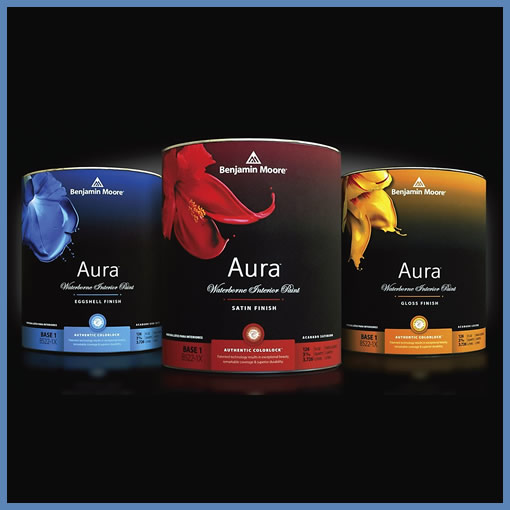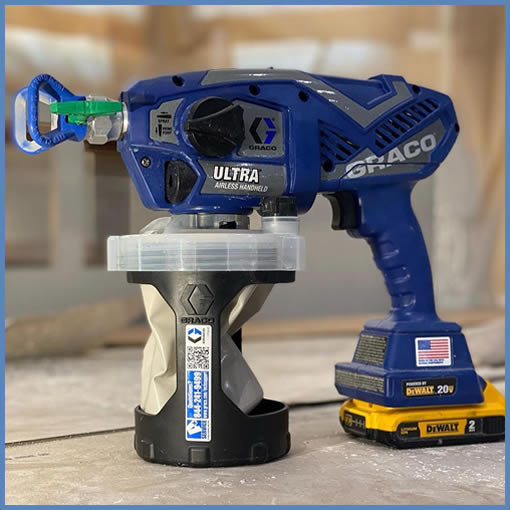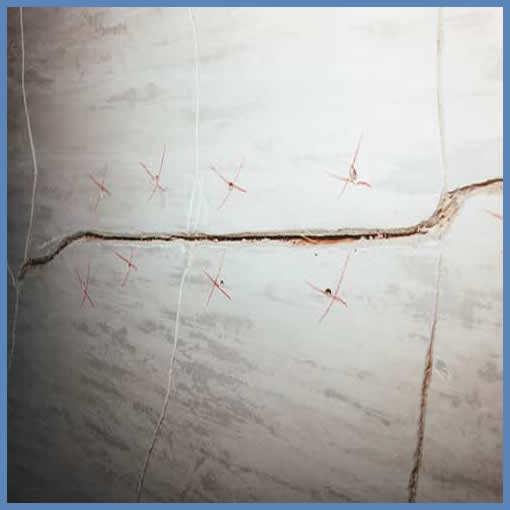For commercial and residential repaints, covering and protecting floors is necessary and (hopefully) something all painting contractors do. Many contractors use plastic sheeting, but it seems the majority use fabric drop clothes for covering floors and plastic sheeting for covering furniture and other items that need protecting.
At Remark Painting, we also use plastic sheeting to cover furniture, but we use protective plastic film to cover floors: carpet protective film for carpet and hard floor film for all other floors. While protective film is a little more expensive, it offers some important benefits. Protective film is much safer than other alternatives, plus it protects floors better and doesn’t transfer dirt and other contaminants from one job to the next.
The biggest drawback to both plastic and fabric drop clothes is, they are not safe. Both create significant tripping and slipping hazards, for our workers and our customers. Protective film eliminates most of the dangers inherent in traditional drops. Protective film has a mild adhesive backing which keeps it tight to the floor, eliminating most tripping problems, while also preventing the film from moving, which pretty much prevents slipping. Plus the film will not transfer any of the adhesive to the floors (for 45 days or more), which allows us to put the film down at the beginning of the job and leave it down until the job is finished.
In addition to eliminating the safety issues inherent in traditional drop clothes, protective film is much better at preventing damage to floors and carpet. Unlike cloth drops, protective film is impervious to liquid. Plus, protective film is much tougher and more durable than plastic drops, resisting tearing and penetration. It also can be left down for the entire job (up to 45 days), so floors remain protected from the beginning to the end of the job, which is not true if drops are removed and put back down daily.
"It's a little awkward to mention, but cloth drops are dirty."
Finally, and it is a little awkward to mention, but because we use protective film, rather than continuously reusing fabric drop clothes, we avoid bringing in contaminants, along with dust and paint debris, from other jobs into your home or business. Most contractors use and then reuse fabric drops many dozens of times, seldom, if ever, washing them. Not only is this a little icky, but it means your business or home will be dustier and dirtier after it is painted, than it was before the work began.
So, while it is true protective film is marginally more expensive than drop clothes, we think it is worth the small added expense (about 9 cents/SF). It eliminates most tripping and slipping hazards presented by traditional drops, it protects floors much better, it can safely be left down from the beginning to the end of the job, and it leaves your floors and carpets cleaner than when the job started.



Related Articles
If Ben Moore Aura is so revolutionary, why don't more professional painters like it?
Beyond a doubt, the most innovative painting tool in the last 50 years...seriously.
As with many tasks, there is the right way, the wrong way, and a more nuanced way...
Product Brochures
See our recommended Residential, Commercial and New Construction products and download their associated brochures.
Download brochuresMaterial Safety Data Sheets
Download an MSDS for any of our recommended Residential, Commercial and New Construction products, by clicking on the button below.
Download MSDS's



